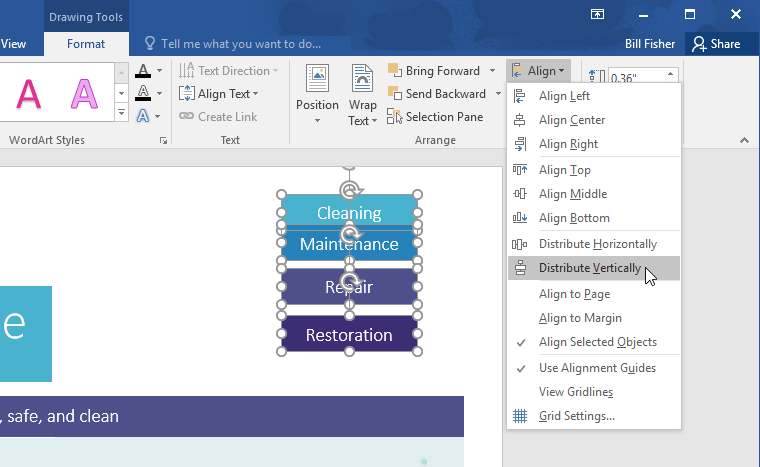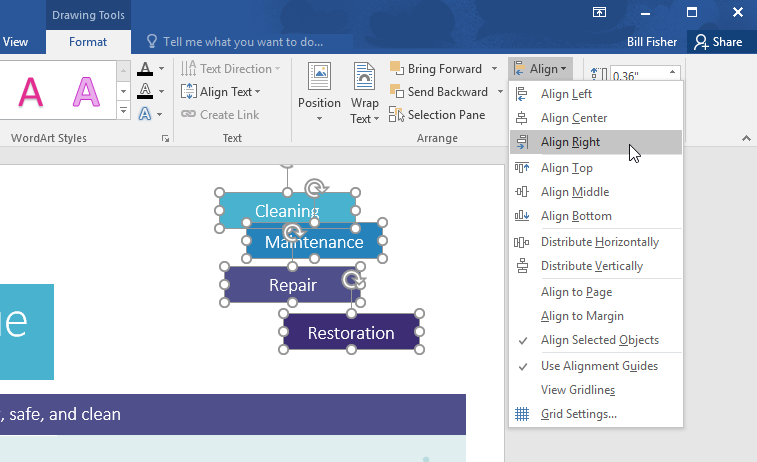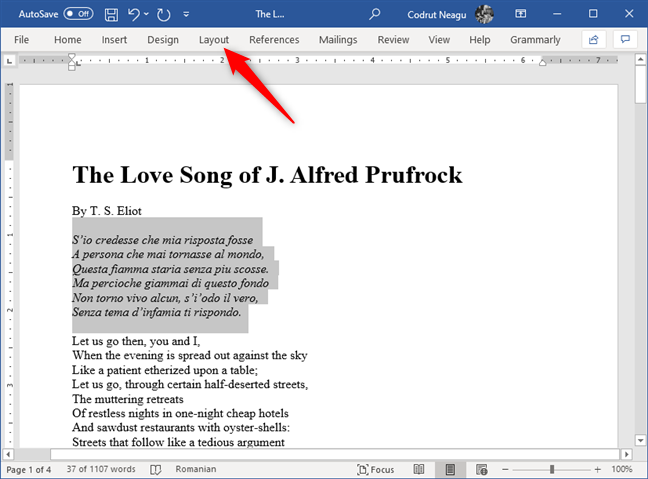

If all else fails, try selecting the table, converting it to text, and then converting it back into a table. You check the compatibility settings by clicking Tools | Options | Compatibility tab. If the document is based on an old template, or the document was originally created in a very old version of Word, then it is possible that the compatibility settings are causing some weird text flowing problems. Right-click the table, choose Properties, display the Table tab, and click None in the Text Wrapping area.Īnother thing to check is the compatibility settings used within Word. If text wrapping for the table is turned on, then it can cause problems with the table extending beyond the bottom of the page. There is another table property worth checking. On the Layout or Page Layout tab, click the Dialog Box Launcher in the Page Setup group, and then click the Layout tab. Right-click the table, choose Properties, display the Row tab, and select the Allow Row to Break Across Pages check box. Center the text vertically between the top and bottom margins Select the text that you want to center. If the table has a single row, and that row extends longer than a page, then Word once again gets a bit confused. You can set them up so that rows don't break across pages, meaning that a row won't split between two pages. Next thing to check is the formatting of the table rows. Select all the paragraphs in the table, display the Line and Page Breaks tab of the Paragraph dialog box and clear the Keep with Next check box. Each paragraph tries to stay on the same page as the following paragraph, and since they can't all fit on the same page, Word can get a bit confused. If the paragraphs have the "Keep with Next" setting selected, then it can cause problem with the flowing of the paragraphs within the table.

That way, if one of the fixes works, you'll see the table flow as it should to the next page.įirst of all, check the formatting of the paragraphs used within the table. Before trying anything, however, make sure that your table is exhibiting the problem, meaning that it has text that flows beyond the bottom margin of the page. There are several possible causes for the problem, Pam, and you'll have to try a few things to see what works.
:max_bytes(150000):strip_icc()/03CenteredText-e65687cb8d234882b28b3f1018122011.jpg)
Pam wonders how she can fix the behavior. Select the product number from the list, and click OK. In the 'Print' section of the Labels window (not the Print button at the bottom), choose 'full page of the same labels.' Click the Options button at the bottom of the window. Headers and footers are especially useful for including information that you want to display on every page, or specific pages. It is still there if she deletes rows further up then the text becomes visible. Open Word and click Mailings on the menu line. In Microsoft Word, the top margin of a page is called its header, and the bottom margin is called the footer. In the table, when she reaches the bottom of a page, instead of automatically going onto the next one, the text disappears off the sheet. Amateur or professional, you’ll find Microsoft templates for storyboards, manuscripts, and more to increase your productivity and satisfaction.Pam is having a problem with a table. Pretty soon, they’ll be downloading storyboard templates to plan their next smartphone video, or printing book cover templates for their latest best seller. Have a child or student who’s reluctant to write? Try a fill-in-story template in Word to stoke their creativity. Use blank templates for automatic numbering, to create distinctive headings, or to facilitate notetaking. Plus, using professionally designed templates, like storyboard templates, help your readers easily understand your vision and move your project more quickly to production.Ī blank template can also be helpful in your everyday document creation. It’s amazing how fast your juices will flow once you find the right framework. There are templates for storyboards, staff paper for songs-even book cover templates and magazine templates.

Jot down your creative ideas using a blank template for writing, or blank printable spreadsheet template. Check out Microsoft blank templates for inspiration. A header is the top margin of each page, and a footer is the bottom margin of each page. It’s often hard to get started on a creative project when you’re staring at a sea of white. Use blank templates for structure and inspiration


 0 kommentar(er)
0 kommentar(er)
